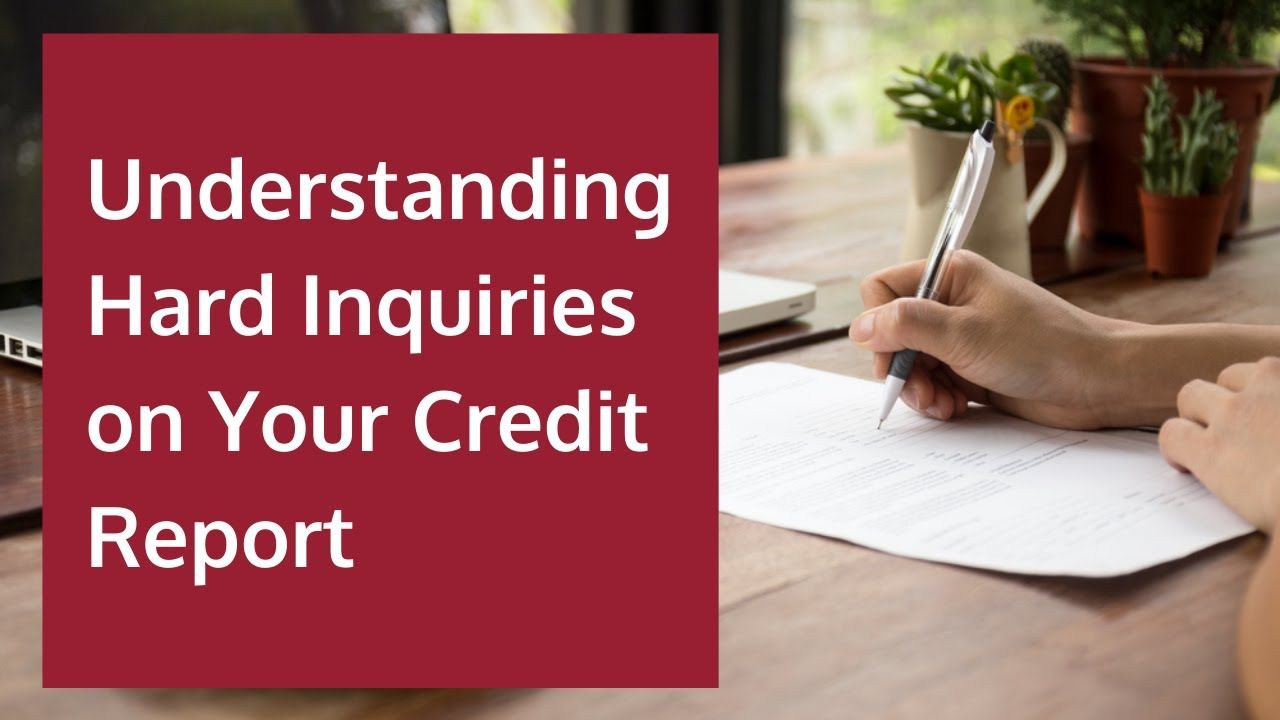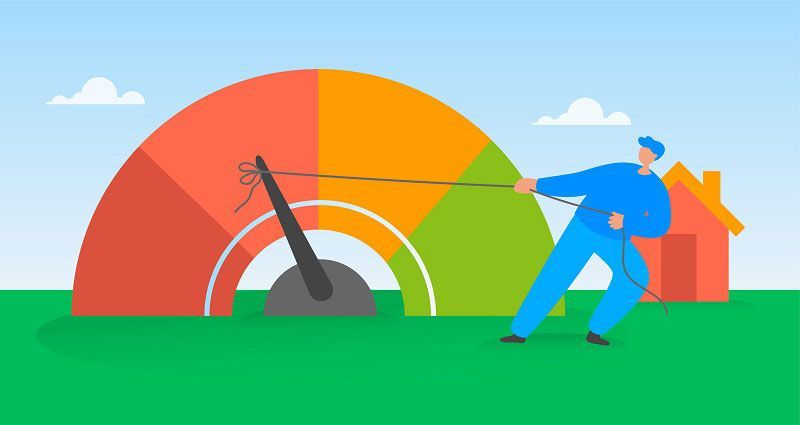We are an Equal Employment/Affirmative Action employer. We do not discriminate in hiring on the basis of sex, gender identity, sexual orientation, race, color, religious creed, national origin, physical or mental disability, protected Veteran status, or any other characteristic protected by federal, state, or local law.
8 Steps to Buying a Home
Are you thinking about finally buying a home this year? Read on for a complete guide on how to buy a home in eight easy steps.
It may surprise you to learn that, in 2021, 34% of people buying a home were first-time homebuyers. As of December 2022, the average home price in Texas was $331,000 .
If you're looking to buy a home or invest in property, you need to understand the basic steps of purchasing real estate. This will help you prepare your budget and organize important documents so you can secure a mortgage.
Keep reading our complete guide to buying a home in Texas so you can learn the ins and outs of how to buy a home in 2023!
1. Determine Your Budget
Before you look to invest in residential real estate, its important to understand what you can afford and what your monthly budget is. A great start is to refresh your list of monthly expenses for both mandatory and discretionary expenses. I have a great, simple chart for you to do that HERE.
Review carefully your household expenses, and your after tax income deposited every month, so you can be clear what your disposable monies available are for your house payment. A house payment will consist of principal, interest, property tax, insurance and PMI if applicable. It will not include other monthly expenses like utilities or maintenance, and other hidden costs when buying a home .
Start getting referrals to a local Texas lender that you can trust. They'll help you calculate what your monthly payment could be so you can look for potential homes that will meet your budget goals.
2. Get Pre-Approved
For a loan pre-approval, speak to your mortgage lender about how to apply for a loan. Your loan pre-approval will help you determine the monthly mortgage amount you qualify for and what you can expect to pay each month. The mortgage community takes this process very seriously!
Expect to provide paperwork, and have your credit pulled. This will ensure that all aspects are thoroughly reviewed, before you make offers, and have earnest money at risk. Our suggestion is to consider obtaining a valid pre-approval within 6 months or more from when you want to move. This will not only help you have a peace of mind, but will enhance your chances of having a successful home buying experience!
One last important detail to note, is that a pre-qualification differs from an actual pre-approval. Here is a video where I have explained the two differences.
A pre-qualification is a review of credit only, while a pre-approval additionally reviews income, assets and special circumstances. Obtaining a pre-approval letter early will help in your home search, as sellers and realtors view anyone with a pre-approval letter as a serious buyer.
Here are 4 of the most important factors when it comes to getting PRE - APPROVED for a mortgage loan in Texas.
- Your credit - One of the first things that is crucial to pre-approval is to build up your credit score. The lender must verify if you meet the minimum standards for loan programs available to you. Credit score also greatly impacts the final interest rate.
- Your income - The next thing that you will need to get pre-approval is to have proof of your monthly income. Income can be derived from many different sources, depending if you are employed, self employed, or retired. Be prepared to provide pay slips or possibly tax returns to prove income. In addition, a minimum of 2 year history of employment is required. It does not have to be with the same employer or source, but in total work history. There are some exceptions, like if you were in university obtaining a degree.
- Your savings and reserves matter - Savings are another crucial component of the pre-approval process. Verifying that you have funds for closing, and the source of those funds, will be required.
- Your debt to income ratio - Depending on the program you are applying for, there are debt to income ratio requirements that lenders adhere to. This is to make sure that you are not over loaded with monthly payments, and will be able to make your mortgage payment on time.
For a comprehensive guide on everything required for mortgage pre-approval in Texas, visit our guide here. Once you compile these documents, you can work with your lender on applying for a mortgage pre-approval letter for your new home.
>> Here's a handy checklist on the documents required from your lender to get pre-approved. Download the free guide here.
3. Find a Realtor
Realtors play a crucial role in the real estate transaction. Did you know that the realtor's commission is in most cases paid by the seller? Look for a realtor with excellent reviews, a proven track record, and familiarity with the area you want to live in. It's a great idea to ask family and friends for references of realtors they have used in the past.
Once you select a realtor, you'll likely be asked to sign a buyer's representation agreement with them. This agreement means they're the realtor representing you and working in your best interest.
4. Make a List of Likes and Dislikes
As of December 2022, there were over 91,000 home listed for sale in Texas. That's a lot of homes to sort through! Before you begin your search, make a list of likes, dislikes, amenities, etc that you will require.
Imagine your perfect scenario of a dream home. Further your list with negotiables and non-negotiable in those amenities. Consider the safety of the area, local school districts, and access to public transportation if you commute to work.
5. Make Your Offer
Once you work with your realtor and find the perfect home, it's time to put in an offer, which means a proposal, to the seller. In this step, you will offer a price, terms, possible credits to closing costs, and a timeline for closing, to name a few.
You will offer a deposit on the home, also called earnest money. This will be credited at the closing. There is a contingency of time to get the home inspected! That is called an option period.
If the home inspection finds any major issues, you can renegotiate the purchase price with the seller or back out of the transaction. These steps is where your realtor really comes in handy.
Even in 2023, there are many markets that are still seeing multiple offers. To make your offer more attractive to the seller, here are some tips:
- Increase the earnest money. Typically the earnest money used in a mortgage consists of approximately one percent of the price, however by doubling the amount of earnest money used in the transaction, the seller will realize that you are more committed to completing the mortgage transaction. Earnest money will be applied to your total amount due at closing , so consider this a deposit.
- Increase option fee or reduce the option period. The Option Period in which you can do diligence on the property before you buy it. For example, property inspections, or just changing your mind just because! An average time period is 7 to 10 days. By shortening the option period and/or increasing the option fee, this could entice a seller over other offers. It means their property is in this holding pattern for less time.
- Buyer to pay cost of the title policy. In Texas, there is a paragraph in the contract, in which the buyer or seller pay the cost of the title policy. This is a negotiable item, but historically and customarily, most sellers will pay for the title policy. The cost of title is set by the Texas Department of Insurance, and is a set fee based upon the price of the home, which is currently about .6% of the price of the house. By the buyer offering to pay the title insurance, this is more money in the sellers pocket, which could encourage them to consider your offer more seriously.
- Waive your right to terminate due to the appraisal In Texas, the appraisal waiver form is a form that states that the buyer will not terminate the contract if results of the appraisal are less than the purchase price. Here is a video that more thoroughly explains this form.
- Waive financing contingency on the contract this option is a last resort. It is ONLY for those buyers that have been thoroughly through the approval process, and their lender has given blessing to this option. It is a serious matter. It means that you feel very confident about your abilities to perform on final financing for the home purchase. If for any reason, your loan is not approved in final approval, you would lose your earnest money (if you signed this form). Be sure to discuss this option thoroughly with your lender.
6. Seller Accepts the Offer
Once the seller agrees to your offer, it's time to move forward with your loan. From here your lender can initiate the final loan process once they receive the contract agreement.
By this stage you've already been pre-approved for a mortgage, so most of the leg work has already been completed.
Expect at this stage to refresh any paperwork. Documents like paystubs and bank statements must be dated within 30 to 45 days of closing.
Also, if your credit is more than 100 days old, it will need to be pulled again.
7. Home Appraisal and Home Inspection
First, let's define the difference between an appraisal and inspection. A house inspection is where the condition of the house, such as electrical hazards, heating and lighting, and signs for deferred maintenance are inspected.
A home appraisal is an estimated value for the house at its current market value. If you are obtaining a loan, a home appraisal is required. However, a home inspection is optional. Although not required, you should think twice before skipping the inspection process in order to save upfront dollars. This could be the trigger that determines future unseen maintenance and issues with the home.
Here is a video that further describes the differences between a home inspection and a home appraisal.
8. Ready, Set, Close!
Closing day is the most exciting part of the process! This is where all the details come together. First, you should expect that at a minimum of 3 days before closing, your lender is required to issue your closing disclosure.
This is a final itemization of your fees, and cash to close. You will need a cashier check or wire for closing funds. No personal checks, money orders, bitcoin or cash is accepted.
If your are purchasing a primary residence, and are married, your legal spouse, even if separated, is required to sign a few documents at closing. Be sure to discuss this with your lender if there are issues with this step! Have your government issued id ready. Be sure that it is not expired on closing day.
The closing process will normally be held at the title company. Remote closing by notary are likely available, so be sure to discuss this with the title company , your lender, and your realtor weeks ahead of closing day, so that all goes smoothly!
Summary of Buying a Home
Hopefully this information has empowered you with some vocabulary and knowledge on the steps you need to take to buy your next home. Remember that trusted referrals to both realtors and lenders could enhance your buying experience and be sure that you have the best resources available for your important decision.
We would love to help! Loan with Jen is a trusted team of experts since 1995. Helping thousands of home owners just like you! Contact us today to discuss your next step.











